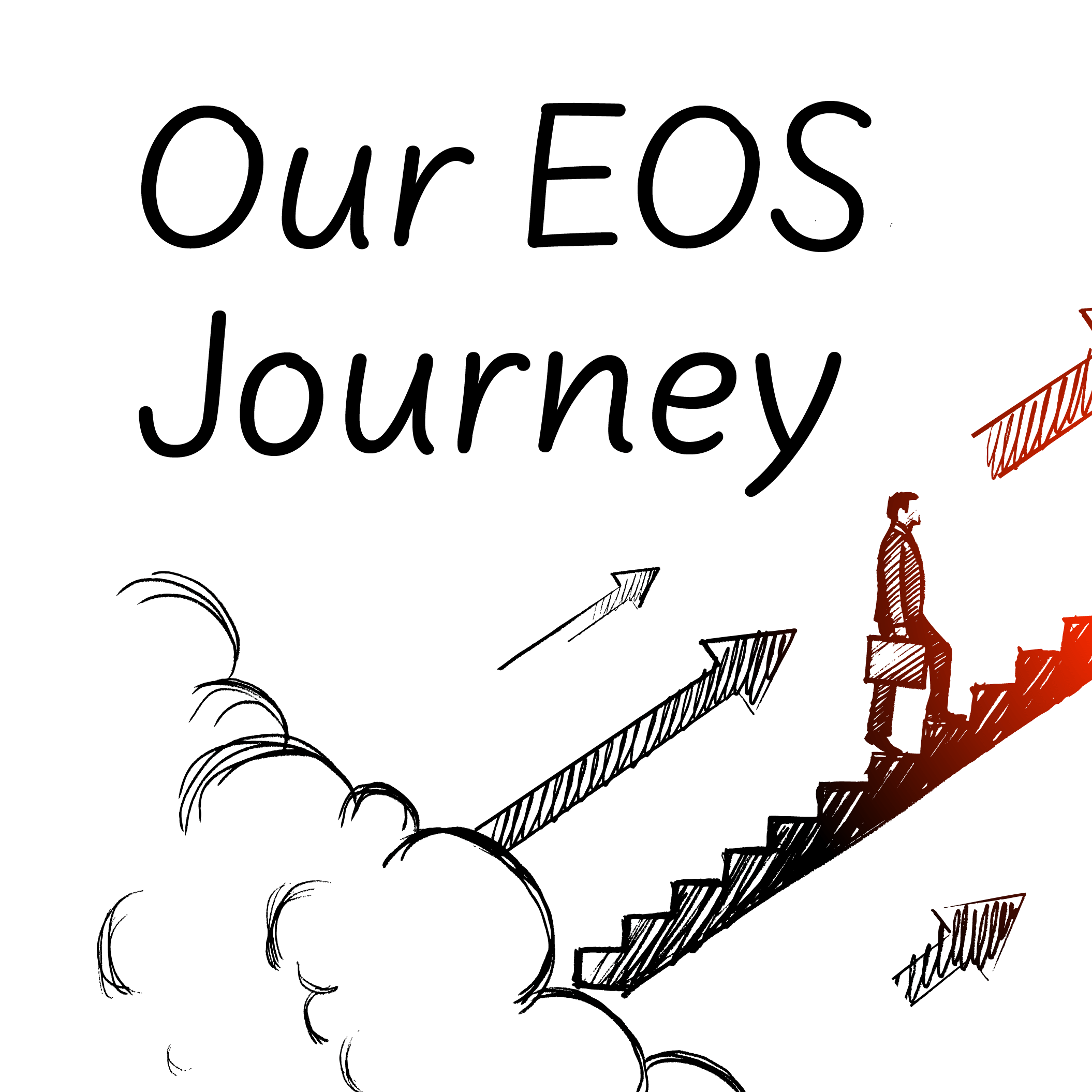
We started M&R Marketing in 2008. Nick and I were 27 years old, I had recently finished graduate school and was working in the marketing department of a publishing company, and Nick had spent the last 8 years in small business management.
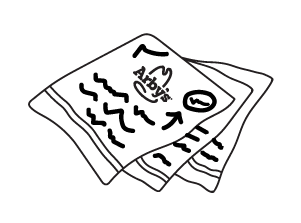
Our first business plan was written on an Arby’s napkin. We didn’t have operations experience. Our parents weren’t business owners. We didn’t have an older, seasoned silent partner. We didn’t know what we didn’t know. And we started in a recession.
For the first few years, we both had other full-time jobs and grew M&R at night and on weekends. In early 2011, Nick quit his job and went full-time with M&R, and I followed a few months later. At the time, my wife was a stay-at-home mom and we’d just had our second child. Nick and I had to make it work.
We had steady growth each year and started hiring team members. With each new hire, Nick and I found ourselves offloading a small percentage of our responsibilities. We slowly realized a need for processes, meeting rhythms, and vision casting, but we lacked a clear framework. We held annual brainstorming and planning days, which had an agenda and left with to-dos, but the follow-up was not very successful. There was very little traction.
Around the time M&R turned 10, we realized a deep need for organizational and operational structure. We were building new departments, launching new services, hiring more people, and working with larger clients on larger campaigns. We needed to get ahead of our growth and proactively work on our company’s foundation.

How We Found EOS®
As I was searching for resources to organize our business practices, I came across Scaling Up by Verne Harnish; it was incredibly helpful in identifying the areas of our business that needed more structure: People, Strategy, Execution, and Cash. I studied Scaling Up like it was a masters-level textbook and taught a few of the chapters to our team. However, I found it difficult to connect the concepts at the operational level of our business.
I reached out to a good friend who was also a client and business mentor, and he shared a copy of Traction with me. He implemented EOS in his business a few years prior and thought it may be what we were looking for. Fast forward a year later, and he exited his company through an acquisition and became an EOS Implementer®.
What is EOS?
The Entrepreneurial Operating System® (EOS) was founded by Gino Wickman and Don Tinney in 2008. Their vision was to see fellow entrepreneurs do what they love, with people they love, while making a huge difference and being compensated appropriately, all while having time for other passions.
The system they created provides a set of business operation tools that nearly 200,000 people have used to “solve issues before they become problems, get the right people in the right seats, make meetings so productive that you actually look forward to them, and build a culture of accountability.”
Our company implemented EOS in 2019; at the time, M&R was 11-years old, with a team of 18. Over the last 4 years we’ve discovered the freedom that EOS’s structure provides, and we wanted to share our EOS journey for those who may be considering implementing it into their business.
The Questions We Asked Before Implementing EOS
We immediately saw the value in EOS as a business framework but knew it would require a complete overhaul of how we run our day-to-day, how we plan, and cast vision. So, we had a few questions:
- How long does it take to implement?
- How will we train our team?
- How will we have time to implement this? We are already incredibly busy.
- How do we divide up these new responsibilities between owners?
- Is our current team capable of working within this system? What if they don’t like it?
- This sounds like a lot of meetings; why so many?

How We Implemented EOS and Introduced it to our Team
The EOS process begins with a 90 Minute Meeting with an EOS Implementer®, where you learn about the system, the tools, and the process … and get answers to all your questions. The Implementer is your guide for, you guessed it, implementing EOS into your business.
Thirty days later, you start your Vision Building®, where you set your core values, focus, 10-year target, marketing strategy, 3-year picture, 1-year plan, and start setting the next quarter’s rocks.
It’s an intense start to the EOS Journey, but if you have the right team and motivation, the foundation you set in these early days is remarkable.
If EOS is a right fit, you begin a series of three transformational days of business planning with your Implementer. You build out your organizational chart, which EOS calls an accountability chart, select your executive team, set your meeting rhythms and your first quarter’s goals, called rocks, and your list of measureables, which is called a Scorecard. All of this happens during your Focus Day®.
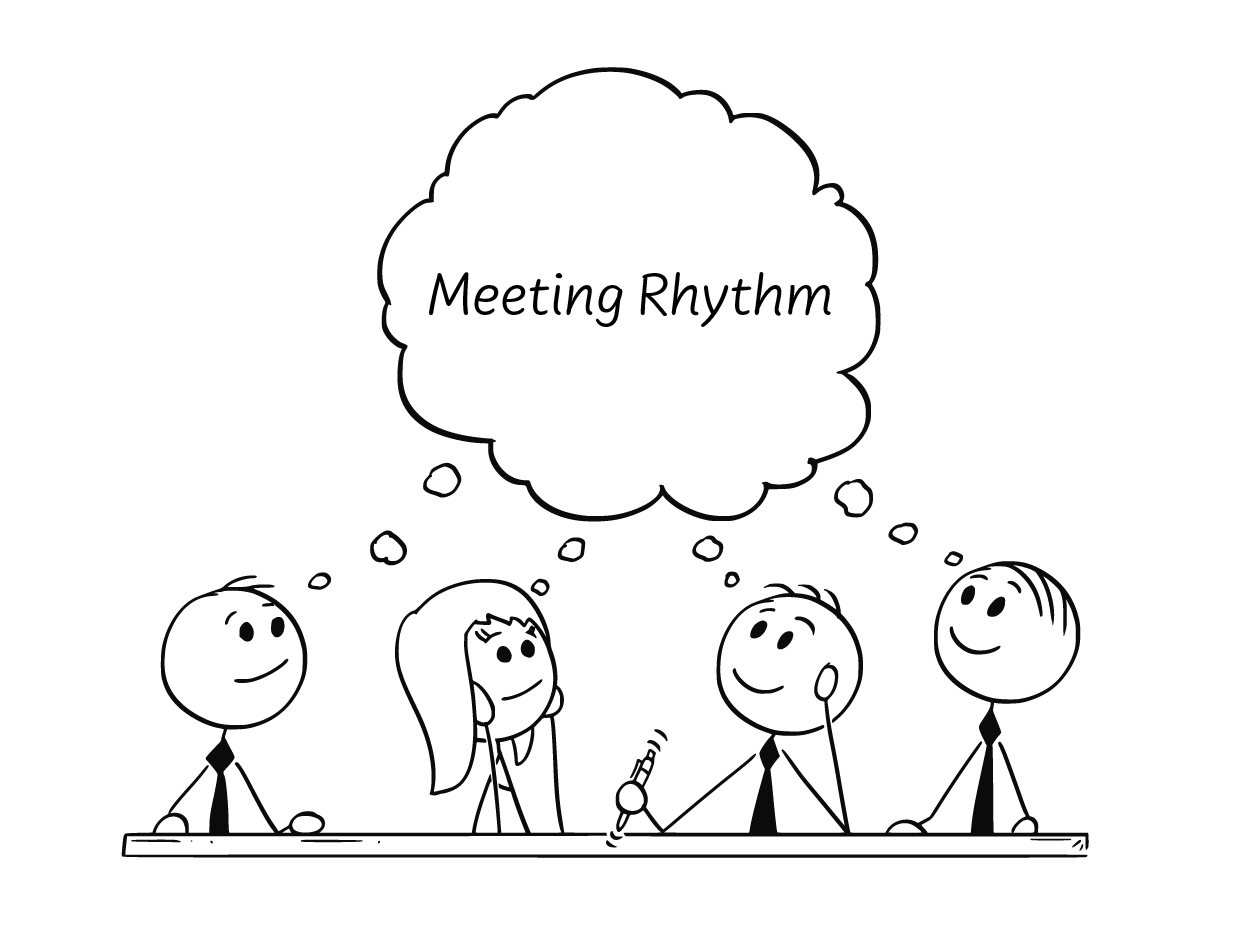
Our Implementer allowed us to implement slowly. We held our EOS Rollout meeting with our full team on February 21, 2020. Little did we know, in 3 weeks, we’d have another full-team meeting announcing our transition to remote work due to COVID. The EOS structure was immediately tested.

The EOS Resources We’ve Utilized
In addition to EOS’s set of business tools, there are also plenty of resources that provide a deeper dive into EOS and the leadership of teams. We’ve used these resources as part of our onboarding and company-wide continuing education.

The EOS Traction Library
- What the Heck is EOS: this is the EOS 101 book that we share with every new hire. It’s very digestible and can be read in about an hour. We encourage new team members to read it within the first 2 weeks of employment, so they begin to understand the EOS terminology and meeting rhythms.
- How to Be A Great Boss®: this book prepares our department seniors to lead and manage their team and provides a framework for navigating difficult people issues. As co-founder and our HR representative, I go through this book with each leader over a 6-week period.
- Traction: This is the EOS textbook, full of invaluable information with a full glossary of terms. This is a must read for the executive level team members and some of our senior leaders have also requested a copy, though they mostly use the glossary as-needed, when issues arise.
- Process!: this was published in 2023 and is a great addition to the EOS library. With so much attention and focus placed on developing core processes for your business, it’s helpful to have a deep dive into the process, especially since non-owners are creating core processes for their departments. I recently read this and have shared it with our executive team.
- Get A Grip: this book was helpful for me when I was considering EOS for our business. It is a fable and places you in the room with a company struggling to gain traction. It then shows them implementing EOS and how it changed the structure of their company. If you have a team who is considering implementing EOS, this is a good starting point to understand the value. After reading this you’ll likely turn to Traction to answer any questions this resource generates.
- Rocket Fuel®: One of the most unique components of EOS is the emphasis on having an EOS Integrator™ and Visionary. To properly run on EOS, these 2 roles need to exist. Before reading Rocket Fuel, I didn’t realize Nick and I naturally occupied those 2 roles – Myself as Integrator and Nick as Visionary. This book provides an amazing overview of the skillsets and demands of each role, discusses the relationship between the two roles, and provides a quiz to help identify which of the 2 roles you are most naturally gifted to possess.
EOS Recommended Titles
- Fierce Conversations: as leaders of a department, you are forced into situations you aren’t 100% comfortable or experienced in dealing with. Leading people is difficult, and it requires difficult conversations. This book is a good resource for navigating those conversations with grace and leaving with clear expectations. We used this book as a quarterly continuing education session with our senior leaders over a 10-week period.
- The Five Dysfunctions of a Team: this was also used for continuing education, but with our whole company. We first led our seniors through the book, and then they led their teams. It discusses the importance of teamwork and shows how it’s the competitive advantage of every business. Like most of Patrick Lencioni’s books, it’s written as a fable and is easy to draw insight from.
- The One Minute Manager Meets the Monkey: leaders often enjoy solving issues, and therefore tend to take on the issues of their team. This both reduces the time you have available to lead and cripples your team; they never learn to solve issues and work independently. This is an easy, quick read that is full of helpful tips. I met weekly with our executive team over lunch to discuss this book.
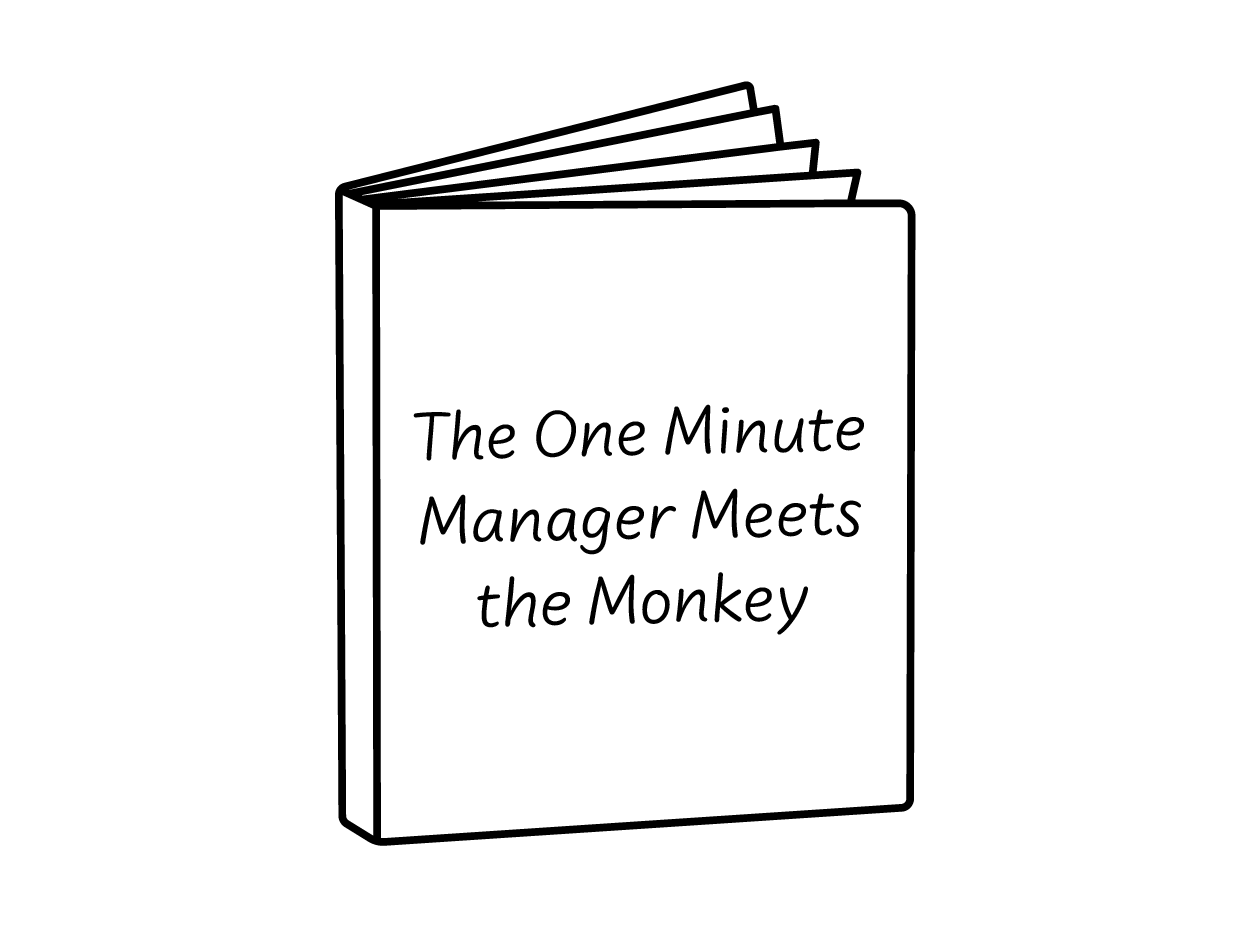
Completing Our First 3 Year Picture
When we created our first 3 Year Picture at the end of 2019, set to run from January 2020 to December 2022, we set lofty goals that pushed us into areas that made us uncomfortable. However, we quickly learned that the seemingly impossible becomes more attainable when it’s broken down into smaller goals. That’s the beauty of EOS. The 3 Year Picture is made up of three 1 Year Plans and 12 Quarters. When each quarter and each year-long plan is working toward the goals established in your 3 Year Picture, you are steadily gaining traction toward that seemingly impossible list of metrics.
Your goals are organized in what EOS calls the Vision/Traction Organizer® (V/TO®). The V/TO serves as the foundational document for your business. It defines your Vision (Core Values, Core Focus, 10-Year Target, and Marketing Strategy) and your Traction (3-Year Picture, 1-Year Plan, Rocks, and Issues List) and helps you connect, or Organize, the two most important aspects of your business. You have your Vision and you have the Traction of your Vision.
Within the Vision side, you spend a lot of time developing your Marketing Strategy. This defines your target market, your 3 Uniques, and your Proven Process, which I mentioned earlier. M&R’s 3 Uniques are the characteristics that separate us from our competition:
- Full Service & Fully Engaged: as your innovative partner, we offer comprehensive solutions in an ever-changing industry
- Exceptionally Creative: we have the capacity, experience, and drive to think outside of the box
- Results Driven: after obtaining a deep brand-knowledge, we focus on strategic solutions and best-practices that achieve your goals

The 3-Year Picture defines your revenue, profit, list of specific measurables (for us that was Customer Satisfaction, Monthly Recurring Revenue percentage of revenue, and number of team members), and a list of our top goals, which EOS calls “What does it look like?” EOS truly wants you to visualize what your company can look like when it is being run properly.
Each quarter we met as a full team and discussed how we did the previous quarter, what we are focused on for the current quarter, and cast vision for the company. This meeting is called the Quarterly State of the Company. Each quarter brought us closer to the end of our 3-year picture and it was exciting to see us complete goals along the way.
In the end, we achieved the majority of what we set out to accomplish. We were slowed a bit by COVID and pivoted some as a result, but the 3-year picture kept us focused on the right things.
We are now 8 months into our second 3-year picture.
10 Ways Our Business Benefits from Using EOS
I’ve shared the value of EOS with many of our colleagues. It has truly transformed every aspect of our business and it’s hard to remember life before EOS. We work with several clients who utilize EOS and it’s been a joy to partner with them on the Traction side of their business through our marketing services.
Here’s 10 of the top ways EOS has benefited M&R:
- Aligns our Team: EOS has aligned our teams and kept everyone aware of our vision and how they are a vital part of us achieving it
- Improves our Meeting Structure: EOS has eliminated unnecessary meetings and ensured the meetings we do have are valuable, effective, and focused on solving issues
- Employ the Right People in the Right Seats: EOS has defined and clarified roles and allowed our entire team to spend the majority of their day working on the things they are most uniquely gifted to do
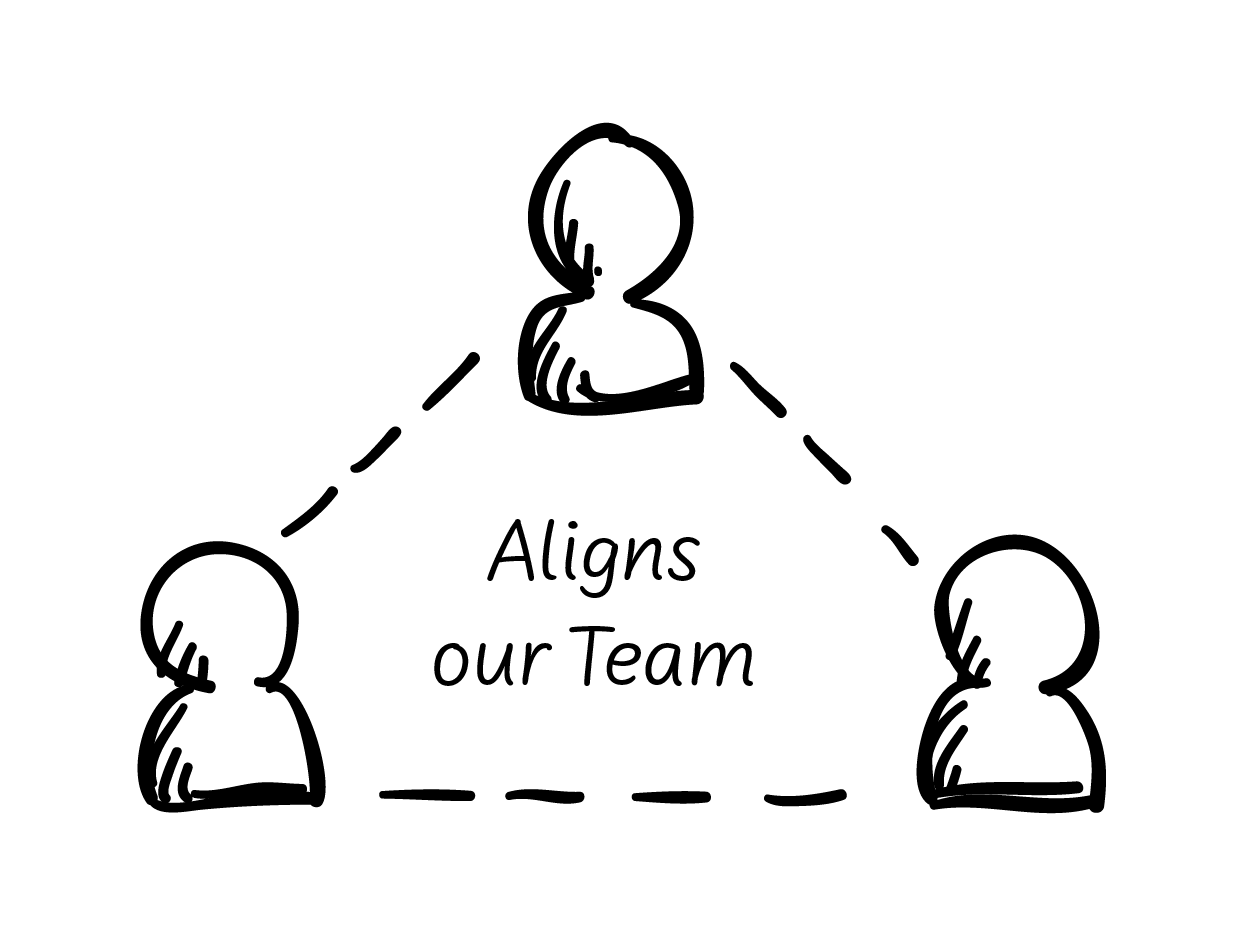
- Develop New Leaders: through establishing our Accountability Chart, defining the roles of each seat, and routinely utilizing the Delegate and Elevate tool, we have developed new leaders and continue our preference to always promote from within
- Cast Vision Regularly: often a company’s vision is stuck on a website and never used. We were guilty of that pre-EOS. With our Quarterly State of the Company, we share our vision at least four times a year.
- Make Decisions through our Core Values: EOS has provided a model to regularly share our core values and make decisions based on them. We hold a monthly all-hands meeting where team members are nominated for demonstrating our values.
- Keep the Pulse of the Business Weekly: through the review of our department scorecards each week at Level 10 Meetings®, we can quickly determine the health of the company. The scorecard measures several items, such as sales, close rate, customer satisfaction, service efficiency, errors, billable hours logged, and more. Each department has a scorecard customized to their needs.
- Document our Processes: documenting and using processes for each department has ensured consistency, reduced errors, and helped reduce the time to onboard new team members
- Know Who we Best Serve: over the last 3 years, we have tightened our target market and ensured our marketing plan is getting us in front of the right people
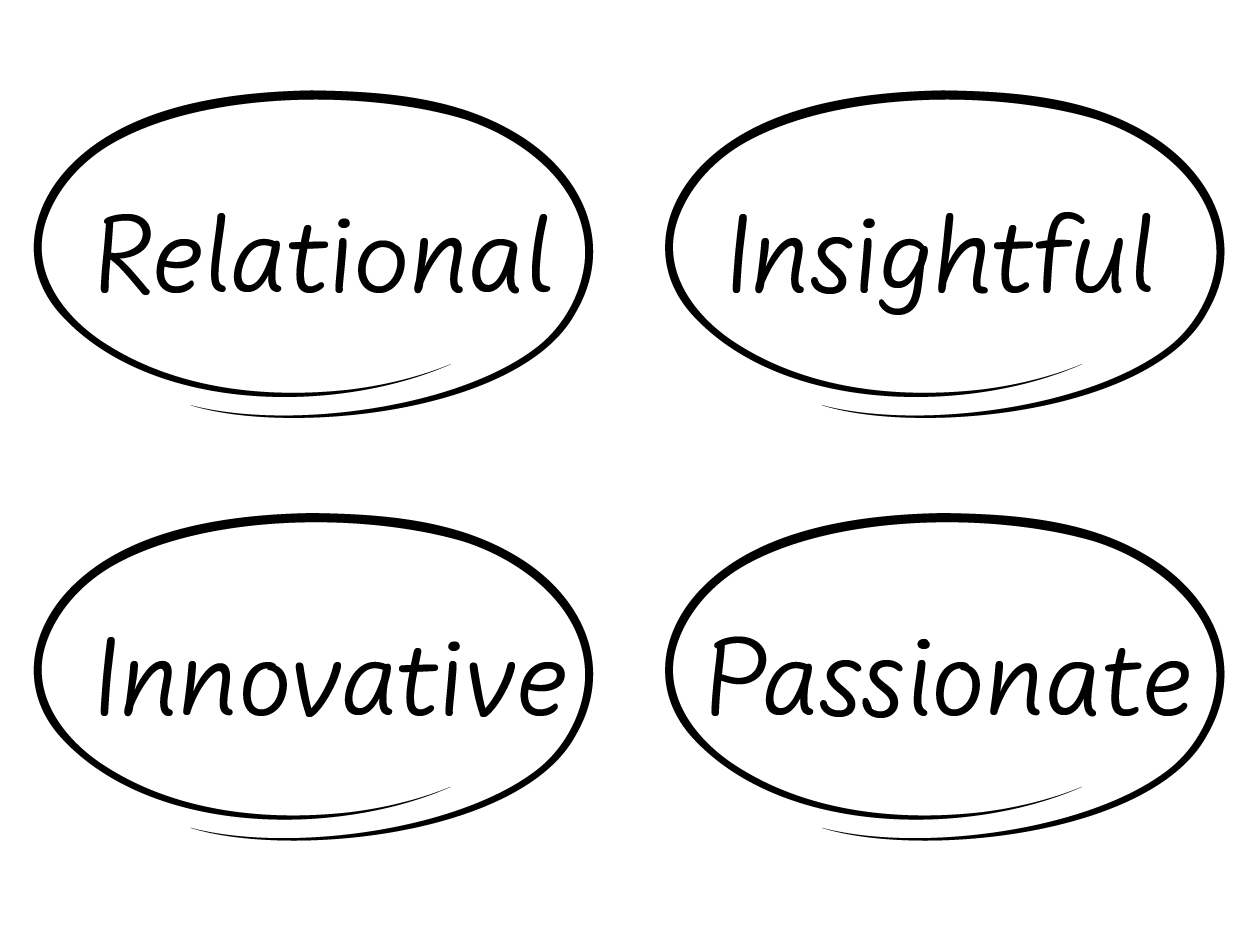
- Establish Clear Lines of Communication: we now know who does what and who is accountable to what areas of the business, which is very helpful when you have a question that needs answering quickly
As you seek to grow your business and align your team around your vision, EOS is a robust tool worth considering. If we can answer any questions as a company running on EOS, we’re happy to do so!
We Partner with EOS Run Companies on their Marketing Strategy
M&R Marketing partners with hundreds of growing companies across the United States, many of whom also run on EOS. Our Visionary and EOS Integrator™ co-founded M&R 15 years ago and are active in the day-to-day operations. As a 2x Inc. 5000 company, we understand business growth and how to create and execute a targeted marketing strategy. Our full suite of marketing services includes website design, graphic design and branding, social media management, digital advertising, photography and videography, marketing strategy, and campaign development.
On our EOS page, learn more about our services, view our work, and hear from some of our clients who also run on EOS.

